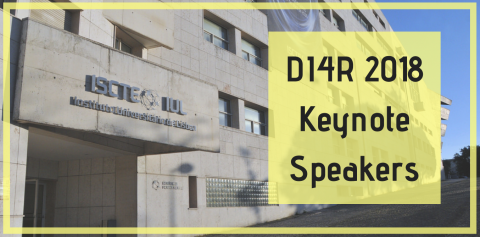eduGAIN: Some people don't get it.
Date:
Wednesday, September 28, 2016 - 11:00
Overview:
The eduGAIN interfederation service spans 38 of the 61 identity federations and 3200 of the 11000 federated identity providers and services that we can map on the globe.
What are the barriers to universal adoption of this service? Is 100% of all federated services and identities achievable or even desirable? There are a range of factors that contribute to the usefulness of a federated service and how it interoperates with its peers. Primarily supporting the development of new identity federations and encouraging the federating of services and identities was thought to solve these problems and reach the adoption goals of eduGAIN. Secondary goals were to identify “killer applications” that were so desirable that everyone would want to participate in the federation space. Now with a significant proportion of the community federated - we can now see how well entities and peers interoperate with each other and what services are valuable. How good in the news? This presentation will show the interaction between identity providers and service providers at the scale of eduGAIN and how knowing what is and isn’t working helps support the community improve their service for the benefit of all.
Target Audience:
This presentation is targeted to federation operators, federated services providers and identity providers within the eduGAIN and non-eduGAIN federation space.
Benefits for Audience:
Participants will gain an undertanding of the intricacies of moving from national/local federation to interfederation of a service and how this transition needs to be carefully completed to provide the experience end users expect (and can't understand when it doesn't work as expected).
Topic 2: Services enabling research
| Presenters | Organisation |
| Brook Schofield | GÉANT |



